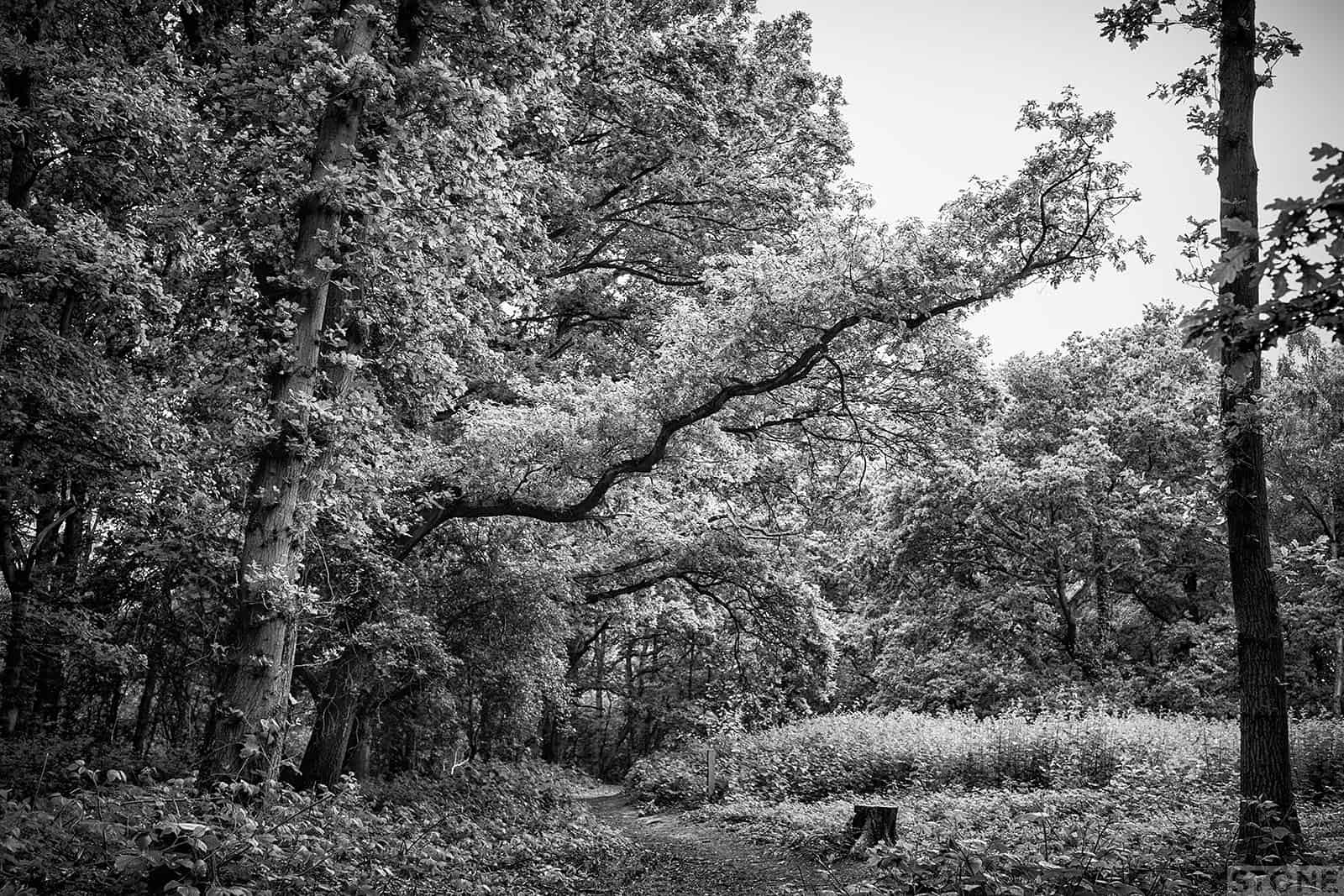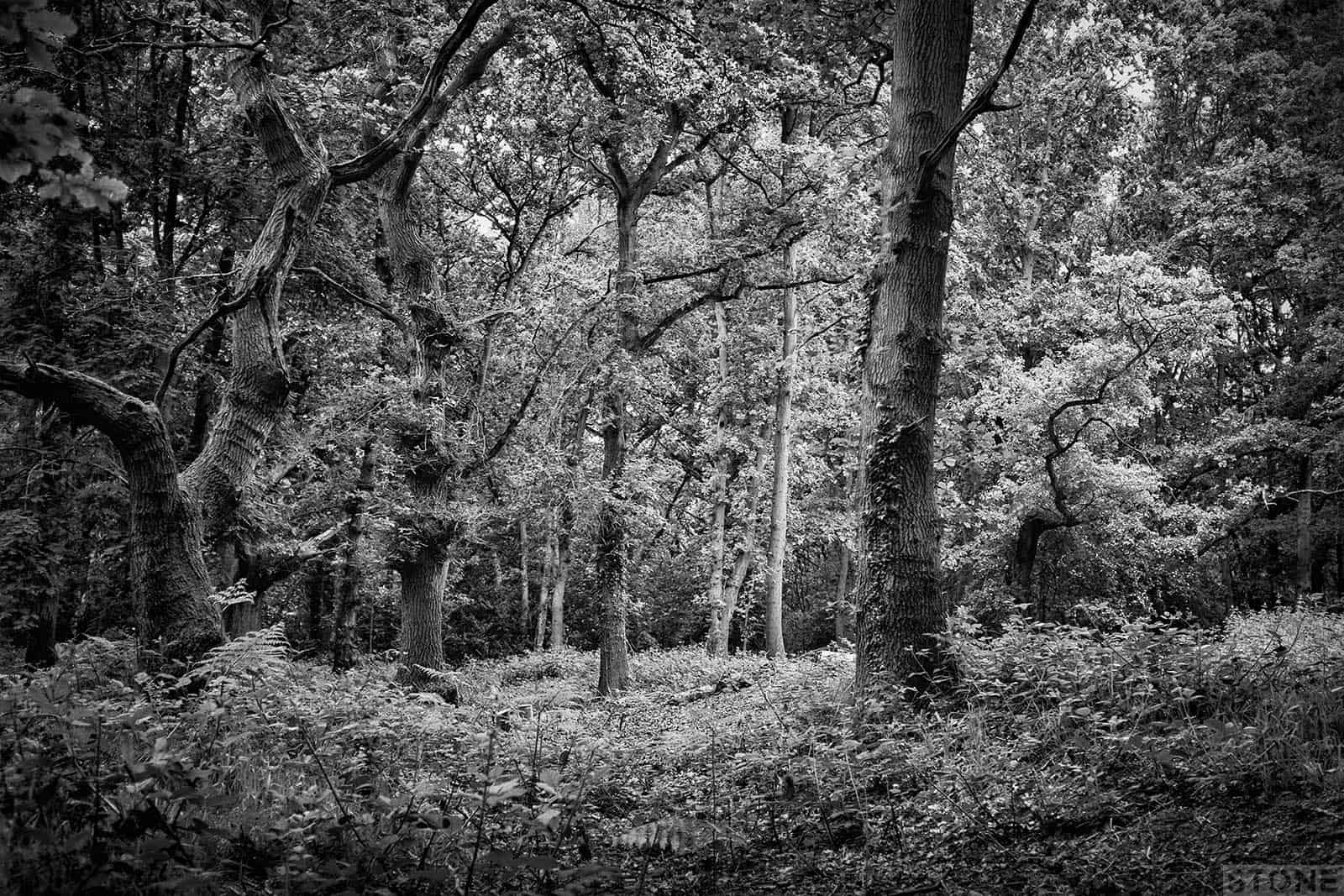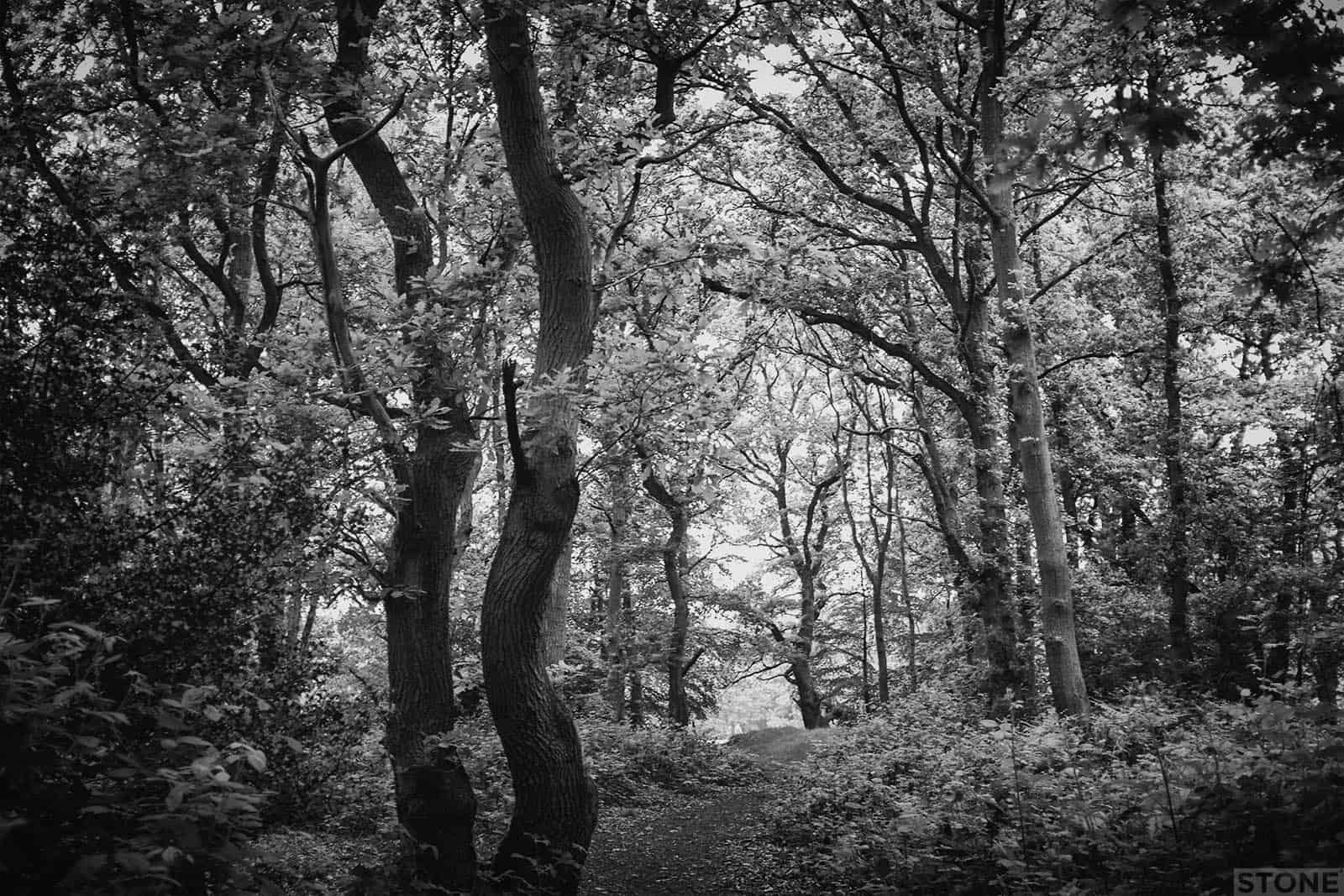Ring-roads, go round and past. Nature of the beast I suppose, circling. Norwich is blessed with ever-increasing circles; from the old castle ditches and the fee to the city wall and the inner link roads, out to the proper ring-road now forming into another ripple of road cutting through the countryside to join up one end of the A47 to a field in Ringland. One day all this will be infill, more houses and crescents, parades of shops and schools to give away. The new cultures growing over the ghosts of swaying corn tops out near Crostwick and Plumstead, concrete runoff calculations and bat-wires, nature ponds and slip-roads, so many roundabouts it makes my clutch foot ache.
One of the things about developments is what you stand to lose, not just in terms of not-in-my-back-yard views and treescapes and old hedge-lines derided for being new hedge-lines thirty years ago, but the older and the unseen. I spotted a thing online earlier about the impact of Archaeology on development. Beg pardon, is that not the wrong way round? The cuts to Local authority archaeology, the threats to our heritage itself by changes to planning law as part of the Neighbourhood and Infrastructure Bill. It will speed up building houses only landlords can afford, but at what cost.
I was mulling this over in my car a few weeks ago while not going round the ring-road because it was solid because someone had broken down near Homebase, car steaming gently half on the pavement. Strategically if you want to bury yourself in the lost heritage of the roadside it’s a good spot, there’s an Aerodrome, RAF Mousehold under the academy that looks like a nuclear reactor spreading backwards under the estate, aircraft manufacturing facilities buried in the industrial estate. The Great War Memorial Cottages line one side of the road. And there’s Mousehold spread out on the other side, now dwarfed by the city but once spreading out as far as Rackheath and beyond, it’s post-glacial sands untouched for thousands of years before being mined and quarried into the softened moonscape that’s so familiar to anyone who ever lived here and owned a sledge (or a fertiliser sack), or just has a dog and needs somewhere to walk it. Right next to my car was that odd little field set into the trees. A damp looking woman in a headscarf with one of those ball/cup/stick/throw implements was delivering a tennis ball to an overexcited spaniel in the drizzle, it dipped in and out of the treeline appearing with a yellow ball in its mouth, tail drumming. Then the traffic moved and we were off back onto the circle, reflection lost in the intermittent windscreen wipers and blurred indicators of another slow circuit past all the other things we’ve forgotten along the pathways that circle us.

There’s a few drives I particularly like in Mousehold, Long Valley in particular, they don’t feel like Norwich, its all a bit Robin Hood, or maybe more Robert Kett and maybe even Geoffrey Litister. It’s that open deciduous thing, and the canopy overhead that muffles the engine noise from the roads that ring it. Those sand and flint edges of pathways cut through ridges by centuries of feet get me too. And that field, that stupid little handkerchief of grass on the edge of the ring-road, reached by walking up a nice path through birches growing in shallow gravel pits either side. Our dog isn’t the sort to like chasing yellow tennis balls, he’s more the why have you thrown that over there fatty, oh look some fox poo, type of terrier. He likes a good roll and a sniff. And the next bit is right up his street or pathway because it’s got snaggy undergrowth and burrs and ticks. And a forgotten chapel in it, but that’s where we both get lost.

Most people in the city have some vague knowledge of the Story of William of Norwich, partly because it’s part of our historical fabric as a place and partly because there was a reasonably well-considered programme about some bodies in a well in Norwich found in 2004 during a site development. It was the type of show that was designed for people who miss Time-Team and like a bit of forensic archaeology. It is in fact quite possibly part of this long and shameful story of deliberately misplaced blame, and therefore also possibly part of this story of blood-libel, documentaries being what they are it’s difficult to ascertain how much they are part of the real narrative, and should you choose to read around it you will find this some useful comments from archaeologists.
It is though still a reminder of a disturbing and unpleasant moment in our collective history. The way history works isn’t a straight line running into the past, The nearest I can ever get in visualising these stories is as lots of crossing spirals; a field full of spaniels, circling and spiralling and wagging and sniffing for tennis balls in the long grass of the past. Most stories don’t have one start they have many, they have crossing-points and bits where they touch, and they have junctions and roundabouts. The other thing is when anyone writes about history they quite often have an opinion. The same is true now, and therefore what we know about these entwined stories can often be inaccurate, twisted by whatever the common thoughts and agendas were in place when they were written, You only need to look at Hillsborough, Chilcott or the way the Donkeys of the Great War don’t appear so asinine anymore. This place in this undergrowth between these trees, beneath the canopy, is one of those junctions. Like many of these little hidden corners, you’d not know if you didn’t know, something.
William was born was a local, born of Anglian Parents in 1132. Became an apprentice tanner. He died somewhere in Norwich on or around 22nd of March 1144. According to records his body was found mutilated on 25th March on the heath were it had possibly been carried to be disposed of. Nobody actually knows who did, or where, or why, but as ever blame was quickly apportioned. In this case the finger pointed by the religious authorities and family at the Jews of the city, who at the time were protected by the Sheriff in the King’s name. There is politics at play here, powers of church and King wrestling with each other and King Stephen in turn fighting with his cousin Matilda, they were both grandchildren of William the conqueror and they were amongst others all vying for position in what was known as The Anarchy, basically a rather nasty tribal or familial squabble over control of England and Normandy. Add to the mix the Jews who were mostly new to Norwich and continental; and French speakers who arrived with, for the most part, the conquerors.
The only report written on the incident was made years later by Thomas of Monmouth, a monk at Norwich Cathedral. It can be easily concluded that this was a work of hagiography worthy of today’s tabloids, fiction designed to deify the boy and ultimately blame the Jews for what became Britain’s first Blood Libel, an idea that is itself a piece of fiction. Blood libel comes from this is the idea that Jews use the blood of the murdered, usually Christian children in Passover rituals to make bread. Something that goes against both the teachings of the Torah and against Kashrut. William’s nasty death at the hands of an unknown becomes the appalling entrée to series of propaganda exercises in Britain and across Europe. In England this grew to include Little Hugh of Lincoln (mentioned in Chaucer), Robert of Bury, Harold of Gloucester and Simon of Trent, all children all murdered by unknowns, all of whom had a picture painted around them that was designed to meet a nasty agenda. Some of whom, as with William became the subject of veneration. All of this has a loud echo, an horrific reverberation passing down through the ages the waves of which we can still see now in our demonisation of incomers and strangers, our own language changing to demonise economic migrants and refugees of wars with badges they haven’t earned either. In some senses when you examine our history we change so little in many ways.
William has a chapel in the cathedral. Not far from the choirs. It’s a sad little room, wood lined with a few chairs, lost in the splendour and dizzying height of the building near the tombs of old bishops. I went once to breath in the air from the other side of history. This is where the story starts to get forked out, where it all gets really nasty, a descent into hell. He’s buried in here, he’s moved around nearer and nearer the alter from out on the heath. And why? It’s seems fairly simple, saints bring pilgrims, pilgrims bring money.
Ultimately the end result was a local Anglian contribution to a thousand years of trouble; growing distrust in King Stephen and the Jews ended in a fire being lit that has burned ever since. In 1189 in the heat of the Crusades with Richard the Lionheart at the helm of the country bleeding it dry of money to finance his wars, it flipped over into an inferno, Jews were massacred across the country. It started principally in London and York, but soon spread across the regions including East Anglia; Colchester, Thetford, King’s Lynn and Norwich all exploded into violence, rioting, looting and murder.
It’s a curious sensation to walk through Chapelfield at the best of times, the cathedral to Mammon and its globalised parishioners gliding blindly by. But knowing that at one point you are walking through a space on the lower floors that was occupied by a well. A well that was used to dispose of bodies, bodies from which some DNA evidence points at possibly being members of a Jewish community. It is in an area that was on the edge of the City’s Jewish quarter. We can’t be exactly sure when this event happened but pointers in pottery finds indicate twelfth or thirteenth century. Whatever the facts it’s seventeen human beings, possibly ethnically cleansed, disposed of certainly. Eleven of them children and adolescents, most of them dropped down the shaft headfirst. They may have already been dead; by disease, by human act or they may have been thrown down to die in the hole, the evidence as with all these things is inconclusive. Whether they died in a pogrom is still very open to discussion, but if you read the plaque with it’s careful words, and look at the debates from theologians, religious experts, historians and archaeologists, it will show you those spirals are still here, turning and turning and sparking where they touch.
Back in the wood under the undergrowth, is William’s Chapel, William of the wood kicked into the long-grass during the dissolution in the sixteenth century. The Chapel was here before all this, dedicated to St Catherine just after the point of conquest. It’s still here, Lidar can see it, The modern light cutting through the trees, you can feel out the boundaries with your eyes if you go and look too. The enclosure and the vestiges of a building platform are discernable in the bracken and brambles just to the south of the flat sheet of grass and dogs, cut through by bike tracks and marked by a single stone plinth below the birds and the boughs. It is a scheduled monument, and still nearly forgotten. The shaky foundations of its existence covered over.
The Road not taken
Two roads diverged in a yellow wood,
And sorry I could not travel both
And be one traveler, long I stood
And looked down one as far as I could
To where it bent in the undergrowth;
Then took the other, as just as fair,
And having perhaps the better claim
Because it was grassy and wanted wear,
Though as for that the passing there
Had worn them really about the same,
And both that morning equally lay
In leaves no step had trodden black.
Oh, I kept the first for another day!
Yet knowing how way leads on to way
I doubted if I should ever come back.
I shall be telling this with a sigh
Somewhere ages and ages hence:
Two roads diverged in a wood, and I,
I took the one less traveled by,
And that has made all the difference.
Robert Frost
Images/words © Nick Stone.
Map data: Lidar – CC OpenGl, Land Registry. Map: Google.



Fascinating (as always). Where on the lidar photo is the chapel as I don’t know Mousehold enough to work it out? Thank you.
It’s the area coloured yellow on the lidar – up close to the ring road, across from Homebase
The position of the chapel can be found with the help of an old map of the area – see https://maps.nls.uk/geo/explore/#zoom=15.0&lat=52.64591&lon=1.31224&layers=168&b=1